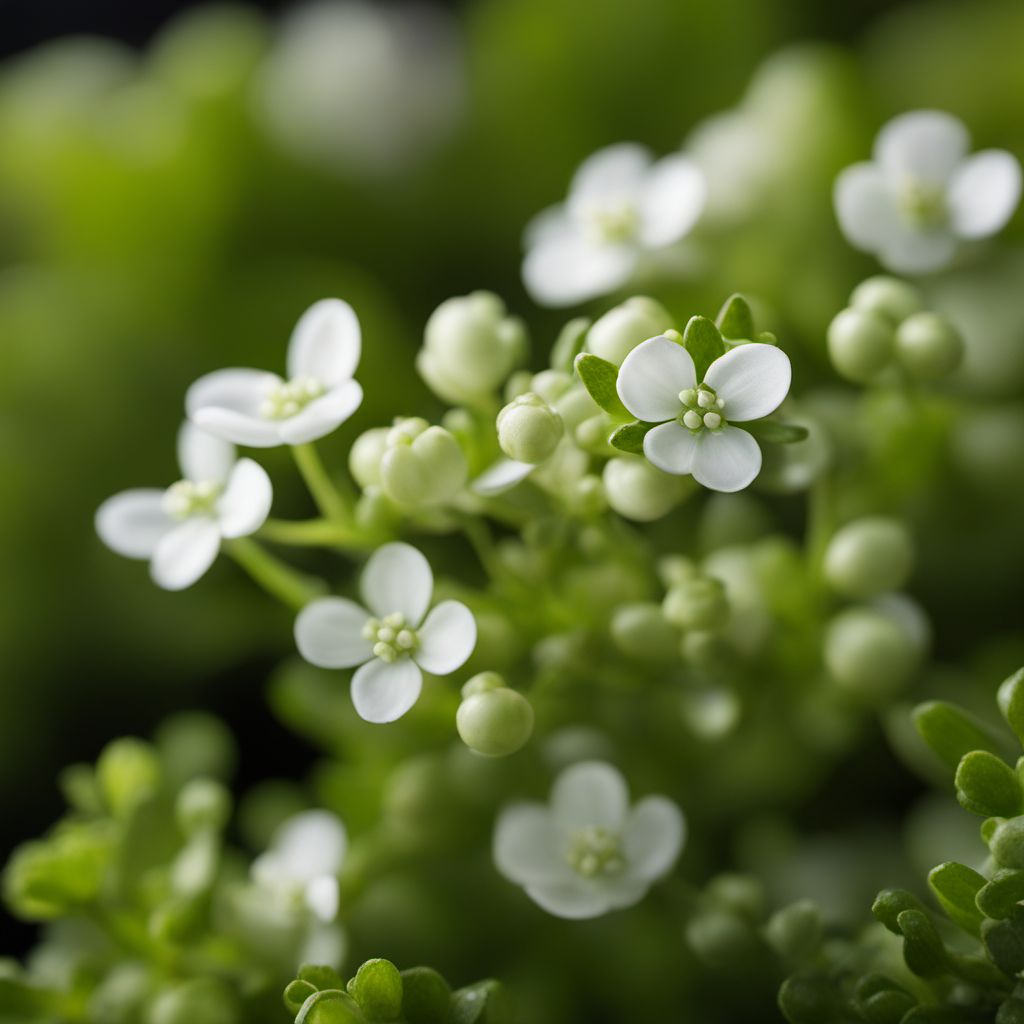
Ingredient
Scurvy-grass
The Citrusy Herb
Scurvy-grass is a small herb with dark green, spoon-shaped leaves and delicate white flowers. It has a pungent and tangy flavor, reminiscent of mustard and horseradish, with a refreshing citrusy undertone. This herb is commonly used in Scandinavian and Northern European cuisines to enhance the flavor of seafood, salads, and sauces.
Origins and history
Scurvy-grass has a long history of culinary and medicinal use in Northern Europe, particularly in countries like Norway, Sweden, and Iceland. It was traditionally consumed by sailors to prevent scurvy due to its high vitamin C content. Scurvy-grass got its name from this historical association.
Nutritional information
Scurvy-grass is a good source of vitamin C and contains small amounts of other essential nutrients like calcium and iron. It is also low in calories and carbohydrates.
Allergens
Scurvy-grass may cause allergic reactions in individuals who are sensitive to plants in the Brassicaceae family, such as mustard or horseradish.
How to select
When selecting scurvy-grass, look for fresh leaves that are vibrant green and free from any signs of wilting or discoloration. The leaves should have a crisp texture and a strong citrusy aroma. Avoid leaves that appear yellowed or have a slimy texture.
Storage recommendations
To keep scurvy-grass fresh, store it in the refrigerator wrapped in a damp paper towel or in a perforated plastic bag. It can stay fresh for up to a week. Avoid storing it near ethylene-producing fruits as it can cause wilting.
How to produce
Scurvy-grass can be grown in cool climates with well-drained soil and regular watering. It thrives in coastal areas and is often found growing near the seashore. It can be cultivated in home gardens or obtained from specialty nurseries.
Preparation tips
Scurvy-grass leaves can be used raw in salads or as a garnish for seafood dishes. They can also be used to make sauces, dressings, or infused oils to add a tangy and citrusy flavor. Additionally, scurvy-grass can be blanched or sautéed briefly to mellow its pungency while retaining its refreshing taste.
Culinary uses
Scurvy-grass is commonly used in Scandinavian and Northern European cuisines, particularly in dishes from Norway, Sweden, and Iceland. It is often paired with seafood, salads, and sauces.
Availability
Scurvy-grass is native to coastal regions of Northern Europe, including countries like Norway, Sweden, and Iceland. It can also be found in some parts of North America and Asia.
More ingredients from this category » Browse all

Blackjack leaves
The Versatile Blackjack
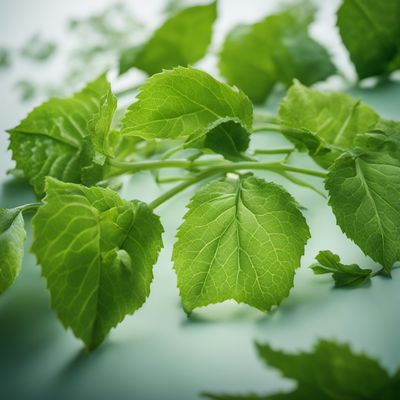
Balsam pear leaves
The Healing Power of Balsam Pear Leaves
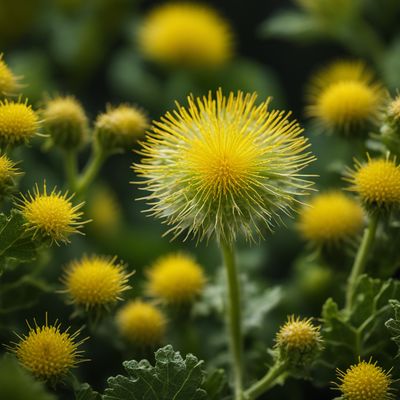
Sowthistle leaves
Vibrant Greens Packed with Nutrients
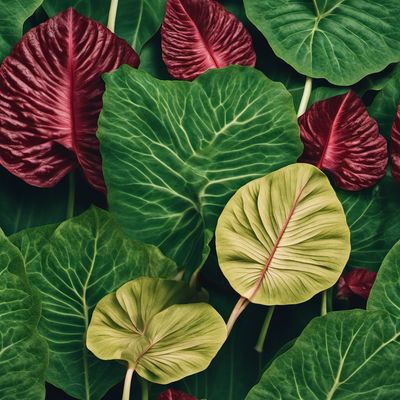
Taro leaves
The Verdant Delicacy: Taro Leaves
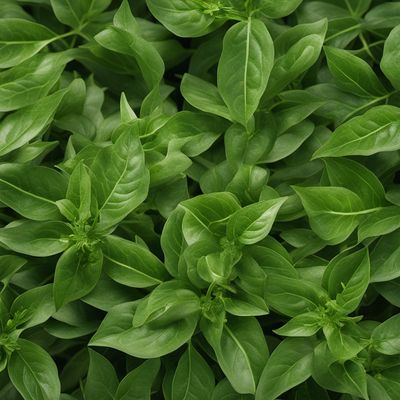
Pepper leaves
The Leafy Delight: Unveiling the Hidden Potential of Pepper Leaves

Blumea leaves
The Aromatic Herb: Blumea Leaves
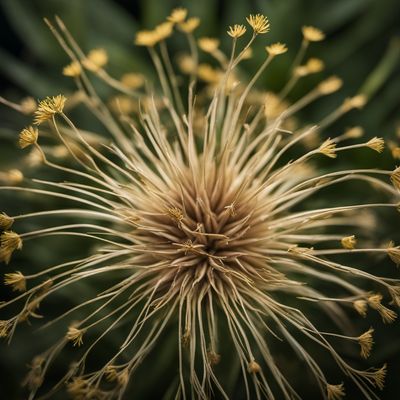
Salsify leaves
The Verdant Delight: Unveiling the Hidden Potential of Salsify Leaves
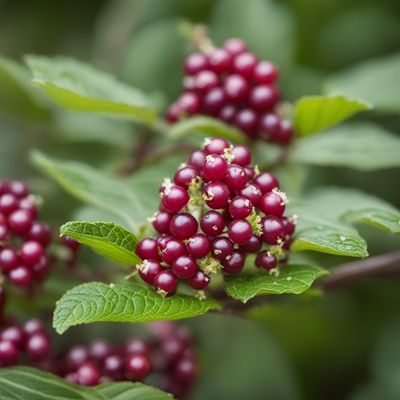
Pokeweed
The Wild Wonder: Pokeweed
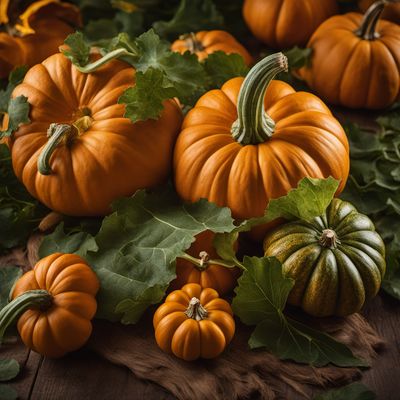
Pumpkin leaves
The Nutritious Greens: Pumpkin Leaves
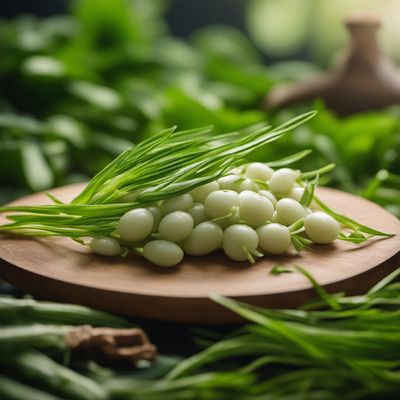
Melientha grass
The Fragrant Herb: Unveiling the Wonders of Melientha Grass

Plantain leaves
Versatile Wrapping Material
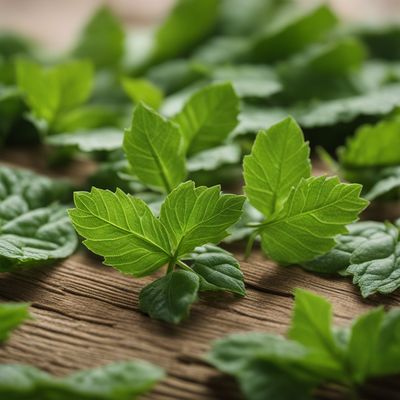
Jew's mallow leaves
The Nutritional Powerhouse: Jew's Mallow Leaves